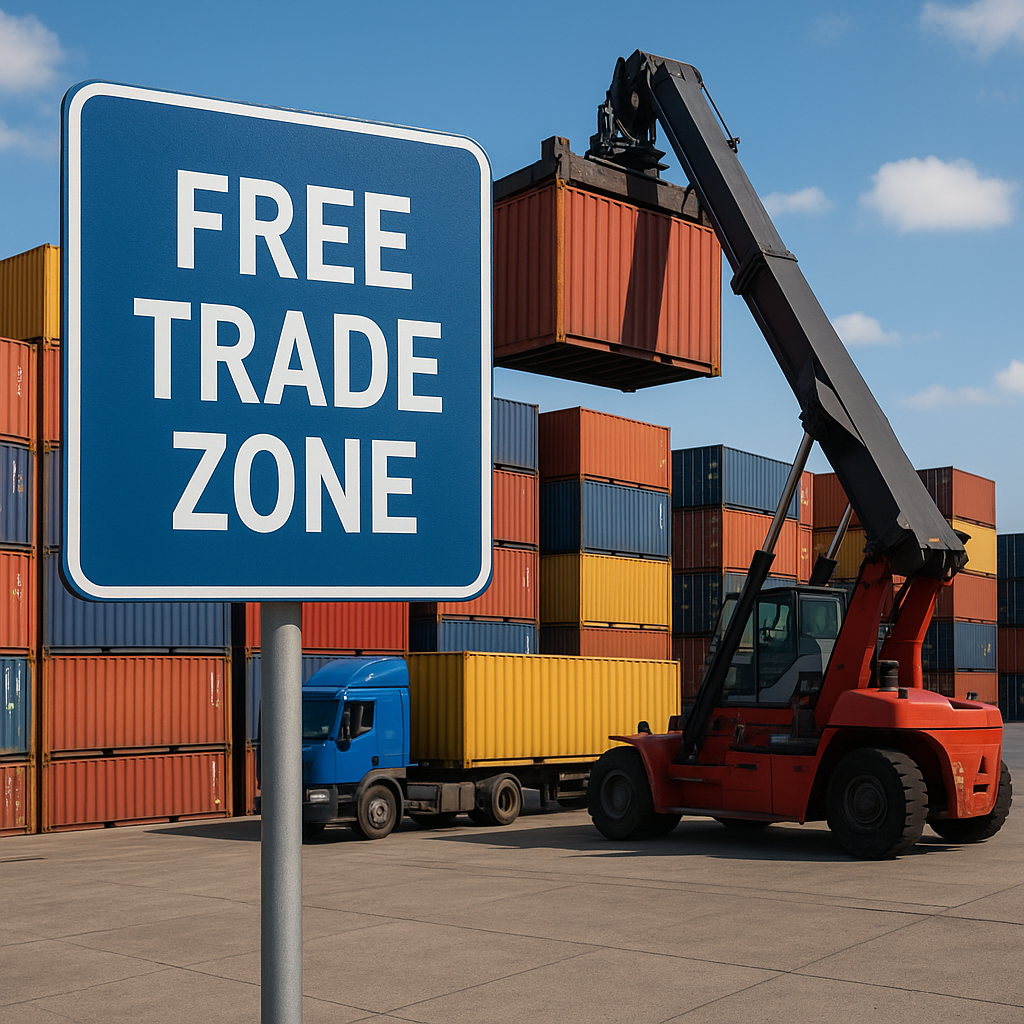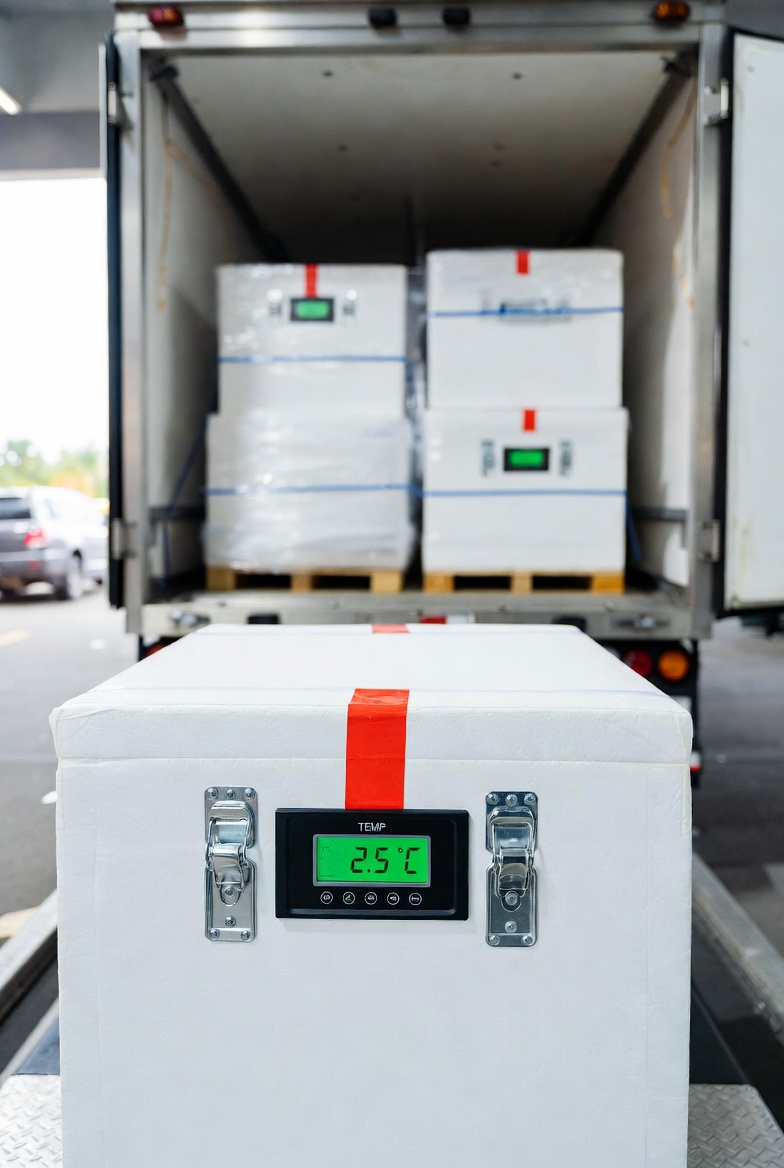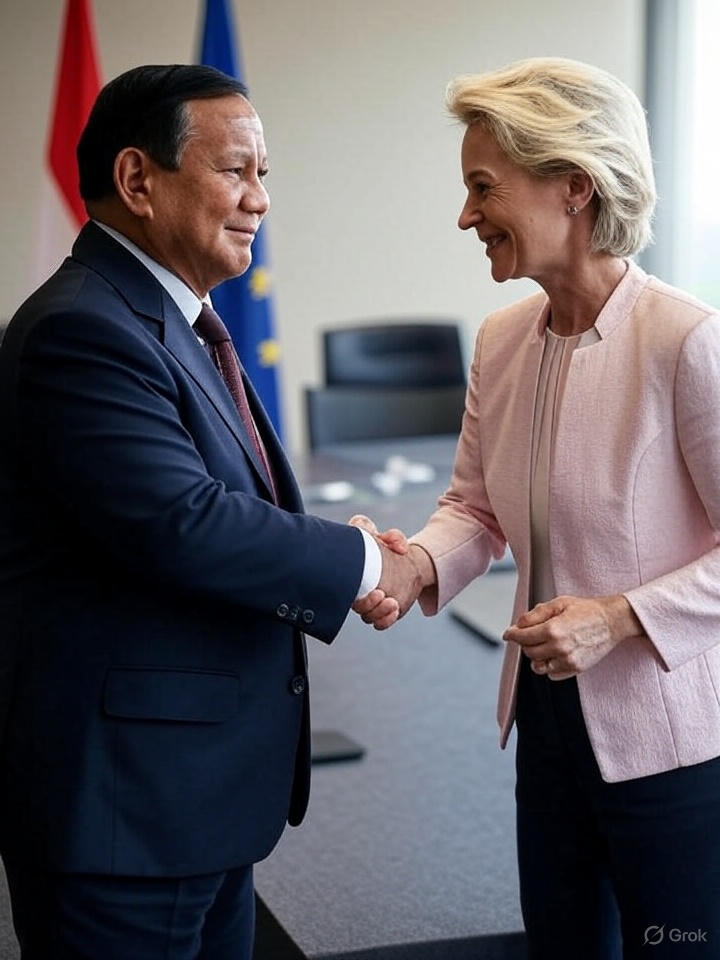Free Trade Zones (FTZs): Strategic Hubs for Global Trade and Industry 4.0
Free Trade Zones (FTZs) play a vital role in the global economy by enabling companies to optimize the storage of finished goods, long-term storage of assets and raw materials, and reduce customs clearance costs. By consolidating orders and payments before delivery to end customers, FTZs help streamline the importation process and increase operational efficiency.
Today, more than 5,300 Free Trade Zones operate across 145 countries. These zones can also be used for manufacturing goods sourced locally and intended for international markets. Such operations are often managed by local entities known as “Grantees,” which act as agents responsible for ensuring compliance with national regulations.
FTZs offer a wide range of services across multiple industries. They support the optimization of operational processes—a core principle of Industry 4.0—by facilitating automation, traceability, and lean logistics. Additionally, FTZs improve cash flow by allowing companies to defer payment of import duties until goods are sold or removed from the zone. Importation costs are subject to the respective tariffs and trade regulations of each country.
These zones also allow for the remote management and centralized control of global asset, goods, and material inventories. With advances in business digitalization, such asset pools can now be tracked and managed online, enabling end-to-end lifecycle management.
Any foreign or domestic goods not prohibited by law may enter an FTZ. However, certain categories—such as explosives, contaminated goods, tobacco, or alcohol—may be restricted or prohibited entirely due to specific tax regulations or import quotas.
Examples of Major Free Trade Agreements and Zones Worldwide:
- North American Free Trade Agreement (NAFTA): Established in 1994, this agreement includes the United States, Mexico, and Canada. Covering a population of over 450 million, it facilitates trade valued at approximately $1 trillion annually.
- European Union Single Market: Established in 1993, the EU internal market includes 28 EU member states, along with Switzerland, Iceland, Liechtenstein, and Norway. It represents over 500 million people and a combined GDP of $14 trillion.
- African Continental Free Trade Area (AfCFTA): Launched in 2019, this agreement encompasses 52 member states, a population of 1.2 billion, and a total GDP of $2.5 trillion.
- ASEAN Free Trade Area (AFTA): Formed in 1992, AFTA includes Cambodia, Myanmar, Laos, Vietnam, the Philippines, Malaysia, Indonesia, Brunei, Thailand, and Singapore. It serves 580 million people and facilitates trade worth $1.5 trillion annually.
- China's Special Economic Zones (SEZs): China operates 12 SEZs, with the Shanghai Free Trade Zone being the first, established in 2013. Other key FTZs include Guangdong, Fujian, Tianjin, Zhejiang, Sichuan, Shaanxi, Liaoning, Hubei, Henan, and Chongqing.




